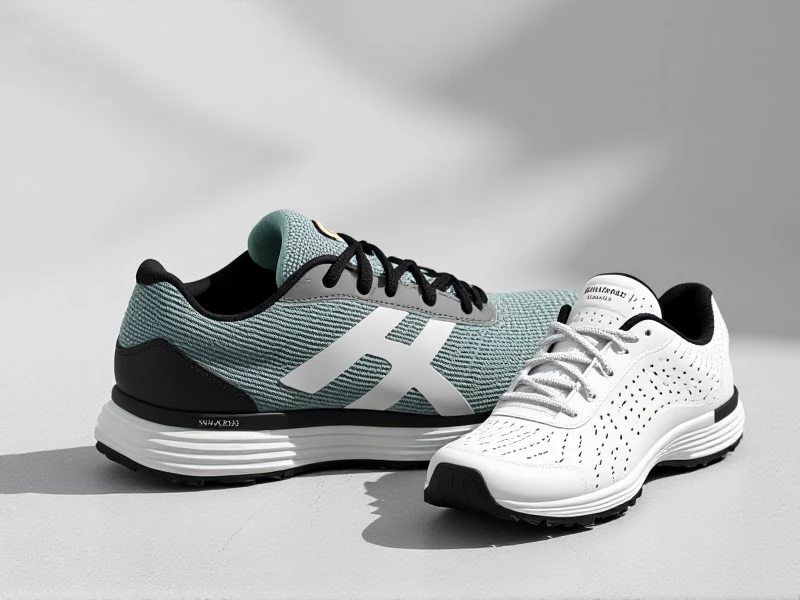Find Your Perfect Running Shoes: A Guide to Performance and Comfort

Choosing the right running shoes isn't just about aesthetics; it's fundamental to comfort, performance, and injury prevention. With countless options vying for your attention, navigating the world of running shoes can feel overwhelming. This guide breaks down the essentials to help you find the perfect pair for your feet and goals.
Performance hinges on technical features. Modern running shoes utilize specialized technologies to address specific needs:
- Cushioning: This absorbs impact and protects joints. From plush, soft feels for maximum comfort to firmer, responsive setups for energy return, the amount and type vary significantly. Consider your typical running surface (road, trail, track) and how much shock absorption you require.
- Support & Stability: Crucial for controlling foot motion, especially if you overpronate (your foot rolls inward excessively) or have low arches. Look for running shoes offering medial post support or structured cushioning. Runners with neutral mechanics often prefer neutral cushioned shoes for a more natural gait.
- Weight: Lighter running shoes enhance speed and agility, favored for racing or faster workouts. Heavier shoes often provide more substantial cushioning and durability, ideal for longer distances or daily training miles.
- Traction: The outsole's grip is paramount, particularly for trail running shoes, which feature aggressive lugs to handle mud, rocks, and uneven terrain. Road shoes offer smooth, durable rubber for pavement grip.
- Breathability & Fit: Mesh uppers keep feet cool and dry. Fit is non-negotiable – a secure heel, sufficient toe box room (about a thumbnail's width), and secure midfoot hold prevent blisters and ensure comfort mile after mile.
Common Mistakes Runners Make:
- Choosing Based Solely on Looks: Performance features matter far more than the hottest color.
- Ignoring Foot Mechanics: Understanding your gait (neutral, overpronation, supination) is key. Specialty running stores often offer gait analysis.
- Wearing Shoes Beyond Their Lifespan: Most running shoes lose significant cushioning and support between 300-500 miles. Running in worn-out shoes increases injury risk.
How to Choose Your Ideal Pair:
- Know Your Gait: Get analyzed at a reputable running store.
- Define Your Running: Distance, terrain, pace – are you training for a marathon or enjoying short jogs?
- Prioritize Comfort: It's the most critical factor. The shoe should feel secure and comfortable from the first try-on. Walk or jog around the store.
- Consider Special Features: Do you need extra-wide fits, maximal cushioning for joint issues, or zero-drop options?
- Try Multiple Brands & Models: Fit varies enormously across manufacturers like Brooks, Nike, Asics, Saucony, Hoka, and New Balance. Don't limit yourself to one brand.
Investing time in finding the right running shoes pays dividends in comfort, performance, and long-term running enjoyment. Remember, the best shoe is the one that fits your foot perfectly and supports your unique running style. Visit your local running specialists or explore trusted online retailers to take your first step toward better runs.